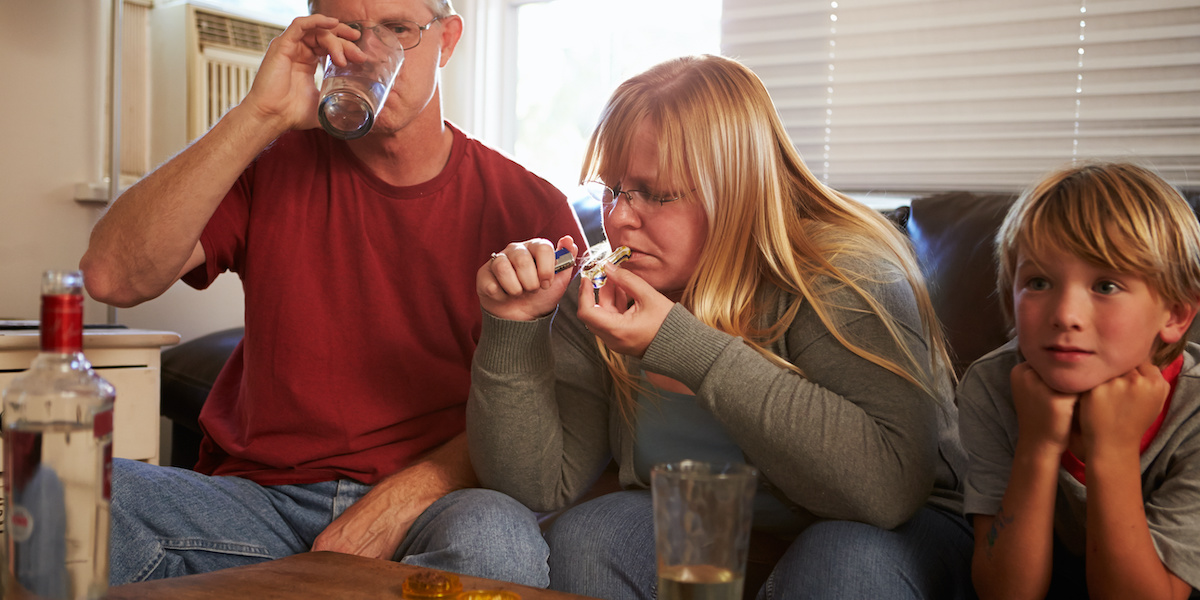
*The following is excerpted from an online article posted on ScienceDaily.
Substance use at any age has consequences. Studies frequently cite the negative impacts — and occasionally tout some benefits of limited consumption — of alcohol and marijuana.
What is less known is how patterns of alcohol or marijuana use in one phase of life can affect the next generation, even long after an individual has stopped using.
A new study by the University of Washington’s Social Development Research Group shows how a parent’s use of marijuana, past or present, can influence their child’s substance use and well-being.
“The really important takeaway is that parent history of marijuana use is an important risk factor for kids,” said Marina Epstein, lead author of the study and a project director at the SDRG, which is part of the UW School of Social Work.
The study, published in the journal Psychology of Addictive Behaviors, builds off previous work that had grouped participants according to whether, when and how often they used and examined impacts to their health and behavior. That study found four distinct patterns: “nonusers”; “adolescent-limited” (confined to only that period of life); “late-onset” (starting in their late teens, early 20s); and “chronic” (ongoing and frequent). This study is based on a subset of the original participants who have become parents, and has linked parents’ past use of marijuana to their children’s use of and attitudes toward alcohol and marijuana, other problem behavior, and school achievement.
Children and teens of chronic users were most likely to use alcohol and marijuana themselves, as researchers had predicted. But what came as more of a surprise was the behavior of children whose parents had primarily used during adolescence: Compared to the children of nonusers, children of adults in the “adolescent-limited” group were more than 2.5 times as likely to use marijuana and 1.8 times as likely to use alcohol. This was true even after parents’ current marijuana use was accounted for.
In comparison, children of chronic users were nearly 4.5 times as likely to use marijuana, and 2.75 times as likely to use alcohol, as children of nonusers.
Children in the “late-onset” group, as it turned out, were least likely to use marijuana, as were children of nonusers. They did, however, have lower grades.
Source: ScienceDaily
https://www.sciencedaily.com/releases/2019/10/191028164418.htm

 Delta-8-THC Use Reported by 11% of 12th Graders in 2023
Delta-8-THC Use Reported by 11% of 12th Graders in 2023  Stress Main Factor Driving Teens to Abuse Drugs, Alcohol
Stress Main Factor Driving Teens to Abuse Drugs, Alcohol  Addiction Treatment for Teens in Crisis Is Often Hard to Find
Addiction Treatment for Teens in Crisis Is Often Hard to Find